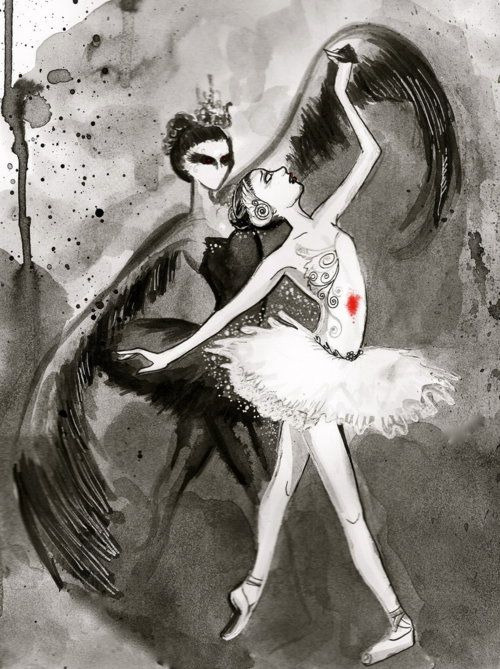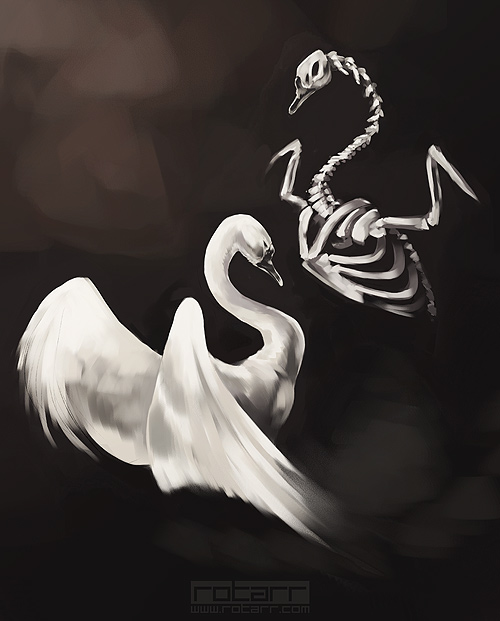
Celestial twins Castor and Pollux - one a boxer, the other a horseman - were apparently quite the rowdies in their day.
They sailed with Jason and the Argonauts and once, at a wedding party, stole their own cousins' brides.
(One of those cousins later killed Castor, but not for that. It seems Castor also was rustling the cousin's cattle, which was just too much.)
Together, of course, the twins form the constellation Gemini, which floats high in the March sky. Although it's slightly overshadowed by some of the bigger and brighter constellations of the season, Gemini is easy to locate.
Go outside an hour or two after sunset, face south and look almost overhead for two fairly bright stars about 4.5 degrees apart. (Your thumb at arm's length is about 2 degrees wide.) Those stars - Castor and Pollux - represent the heads of the twins. A couple of strings of much fainter stars, which stretch down toward Orion, represent their bodies.
If you're not sure you've found Gemini, look first for the constellation Orion, slightly to the south-southwest. Castor and Pollux are far above and to Orion's left, as you face south. Print a star chart at skymaps.com for more guidance.
Castor, the northernmost of the two stars, is about 50 light-years away. Through a telescope, it appears as two stars that astronomers say orbit each other once every 470 years or so. Each of those stars is itself a double, but you won't be able to see that with a backyard telescope.
In addition, a faint red star - also a double - circles the others, making Castor an amazing sextuple system: six stars that orbit one another in an intricate celestial ballet.
Pollux, slightly brighter than Castor, is an orange giant star about 34 light-years away.
Gemini contains several fine double stars, as well as some interesting star clusters and nebulae.
The star cluster known as M35, about 2,800 light-years away, is just visible to the naked eye. Binoculars and telescopes reveal a lovely spangle of glittering stars.
The nebula known as NGC 2392 appears as a small, ghostly patch of light in backyard telescopes. It is informally known as either the Clown Nebula or the Eskimo Nebula, as it is vaguely suggestive of a face surrounded by a faint fringe.
Long-exposure photographs reveal its full glory.

Spring arrives
The vernal equinox, which marks the beginning of spring for those of us in the northern hemisphere, occurs at 4:21 p.m. March 20.
Planets
Jupiter continues to drop toward the western horizon after sunset throughout March, finally disappearing from view by the end of the month.
On March 15 it slides just two degrees past Mercury, which is making one of its better appearances of the year.
Look for the pair low in the western sky about 45 minutes after sunset on the 15th. Jupiter, the brighter of the two, is left of Mercury.
Moon
Look for the crescent moon to the left of Venus before sunrise on March 1 in the east-southeast.
An even thinner crescent hangs to the right of Jupiter in the western sky after sunset on March 6.
Spaceflight anniversary
On March 22, 2001, the Mir spacecraft plunged back to Earth over the Pacific Ocean, marking the end of a remarkable 15 years in space.
More than 100 astronauts from 12 countries flew aboard the space station from shortly after its launch in February 1986 until its final evacuation in April 2000.
It was occupied continuously from September 1989 to August 1999, establishing a record that stood until astronauts aboard the International Space Station surpassed it last October.
by John Stanley The Arizona Republic Feb. 25, 2011 11:08 AM
March stargazing: Celestial twins ride high

































